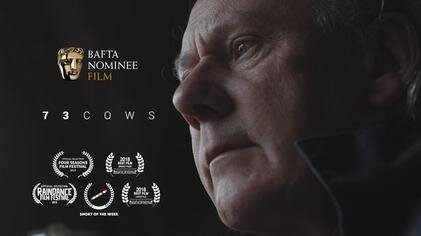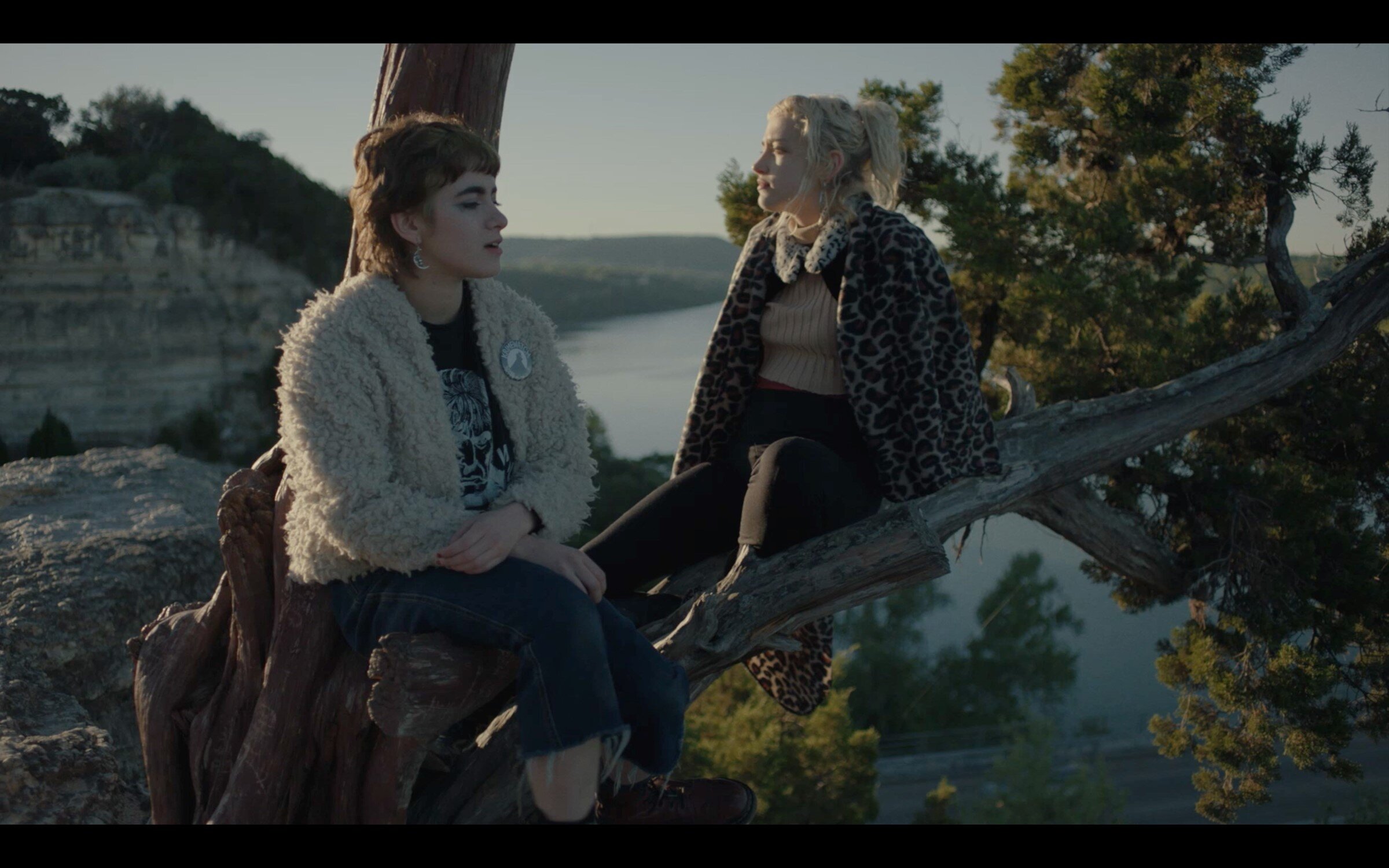Project Ideas from Irene Lusztig (UC Santa Cruz)- Found Footage Module. Thank you!
(UCSC students are asked to do two of these for the module)
PROJECT 1 (RE/HOLLYWOOD): Use Soda_Jerk’s Anarchivist Manifesto as a call to action for this project: “You are to infiltrate, sabotage and cut communications. Statements by authorities need to be messed with and set in motion. Texts and images must be used unexpectedly, tossed into the world—both commandeered and set free. Settings, views, and attitudes taken for granted have to be rigorously dissected, torn apart, reconfigured.” Inspired by this week’s screenings and readings, make a project that uses images from mainstream / mass / entertainment media—Hollywood, video games, network television, etc.—to critique, reconfigure, rearrange, analyze, scrutinize, or interrupt the intended message or values of the original media.
PROJECT 2 (DIGITAL DETOURNEMENT): This week’s viewing and readings invited you to think about online digital media—amateur YouTube videos, multiplayer online games, Google Maps, etc.—as emerging and rapidly expanding archives that artists might use as source material for the creation of new works. Your project this week should identify a genre, theme, type, or archive of digital / online found footage and use it to make something new that transforms, critiques, comments on, or changes our relationship to the original material. How can your creative recycling invite us to look at the Internet and user-generated content in new ways?
PROJECT 3 (MATERIAL WORLDS): Inspired by this week’s screenings and readings, make a project using found physical media (NOT digital or digitized media that you find online, though you may digitize the materials yourself to make the project)—as a point of departure, this might include photos, slides, cassette tapes, yearbooks, magazines, brochures, paper advertisements, printed personal ads, postcards or letters, written diaries, 16mm or super 8 film, instruction manuals, trading cards, or quilts. There are many other possible ideas! You might find materials at home, in your family’s home, on eBay, in a thrift store, in a yard sale, in a library, or elsewhere out in the world. How can 14 you take discarded, old, or unexpected media objects and give them a new context, meaning, or story?
PROJECT 4 (REVISIONIST HISTORIES): This week’s prompt asks you to consider the relationship between found footage, archives, and the (re)telling, revealing, or erasure of historical narratives. What histories are documented and catalogued in archives, by whom, and for what purpose or audience? What histories are erased, hidden, buried, or were never recorded? Who is behind the camera when historical images are made and how does that change the story that is told? How can you work with historical found footage to show us a previously recorded historical moment, event, or narrative in a new way? How can your intervention help us see alternate histories, speculative histories, revisionist histories, or gaps and absences in the historical record?
PROJECT 5 (PERSONAL ARCHIVES): Michelle Citron characterizes her family’s home movies as “powerful and necessary fictions that allowed us to see and explore truths that could only be looked at obliquely.” Use this idea to frame your project this week, beginning with materials from a personal or family archive (your own or someone else’s). What kinds of interpersonal dynamics are revealed through a close reading of images from a personal archive? How might you begin with images that look ordinary— christmases, birthdays, family vacations, baby’s first steps—and reveal what is extraordinary? Does your own family have home movies? Why or why not? How do personal images change over time, what does it feel like to look at intimate images from the past, and how can you convey these affective layers in your editing? What is hidden from view and how can you show that to us in your transformation?
PROJECT 6 (USEFUL FILMS): For this week’s project, choose a type of training, educational, or “useful” film to use as the basis for constructing your project. Yesterday’s useful films may no longer be so useful, but might shine a fascinating light on values, priorities, cultures, and norms of the past. Or you might make a project using “useful films” from the current moment (consider what types of training materials you have encountered personally: school shooter videos, health / workout videos, corporate training videos, etc.). What kinds of situations are we being prepared for, why, and how? How do ideas about “training,” preparing, disciplining, or learning reveal larger patterns of anxiety in our past or present society? Can you transform something useful into something other than its intended use?



















